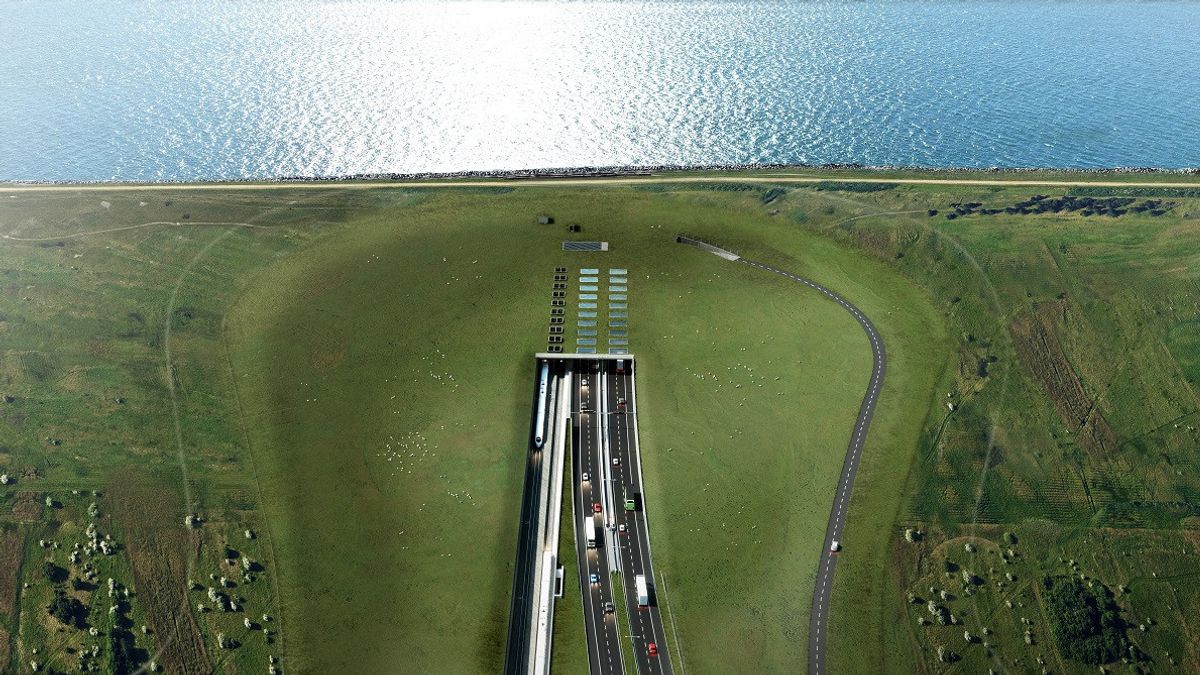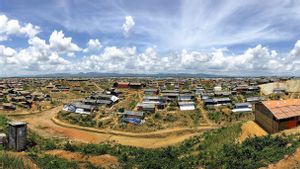JAKARTA - If nothing changes, Denmark and Germany will soon be connected by an 18-kilometer underwater tunnel.
The tunnel, named Fehmarnbelt, will be the longest combined rail and road tunnel in the world when completed in 2029.
The 10 billion euro project, which crosses a stretch of the Baltic Sea and is known as the Fehmarn Belt, will connect Rødbyhavn on the Danish island of Lolland and Puttgarden in northern Germany.
Will the tunnel cut travel time from Germany to Denmark? The tunnel, officially called the Fehmarnbelt Fixed Link, will have two lanes of dual carriageway and two lanes of electrified rail, Euronews reported on February 1.
The journey through will take seven minutes by train and 10 minutes by car, avoiding the 160-kilometre detour across mainland Denmark. Train travel time from Hamburg in Germany to Copenhagen in Demark will be cut from about five hours to less than three hours.

The road network will replace the very busy ferry service and carry millions of passengers a year, cutting travel times by almost an hour.
Denmark is also planning to build a high-speed electric rail line to and from the tunnel. Train services will continue over the Danish border to Sweden, Norway and Finland.
How will the Fehmarnbelt Tunnel be built? The idea of connecting Germany with Denmark with tunnels is not new. After 10 years of planning, construction starts in 2020 on the Danish side and then in 2021 on the German side.
The tunnels will cost a total of 10 billion euros, with the European Union contributing 1.1 billion euros to the project.

The tunnel will go 40 meters under the Baltic Sea using 89 large concrete sections. It will be built first on land and then lowered into the water using a crane.
Femern A/S, the Danish state-owned company in charge of the project, hopes to immerse the first of these sections by 2024.
Once installed, the concrete sections will be attached together and other elements such as railroad tracks, ventilation and cameras will be installed.
Separately, environmental groups have questioned the tunnel's impact on wildlife in the Fehmarn Belt, which is a European Union protected area.
SEE ALSO:
However, Fermern A/S said the tunnel would "increase capacity and reduce congestion on Denmark's rail and road networks."
The company also claims it will result in "significant" savings in time, energy, fuel and CO2 emissions.
The English, Chinese, Japanese, Arabic, and French versions are automatically generated by the AI. So there may still be inaccuracies in translating, please always see Indonesian as our main language. (system supported by DigitalSiber.id)















